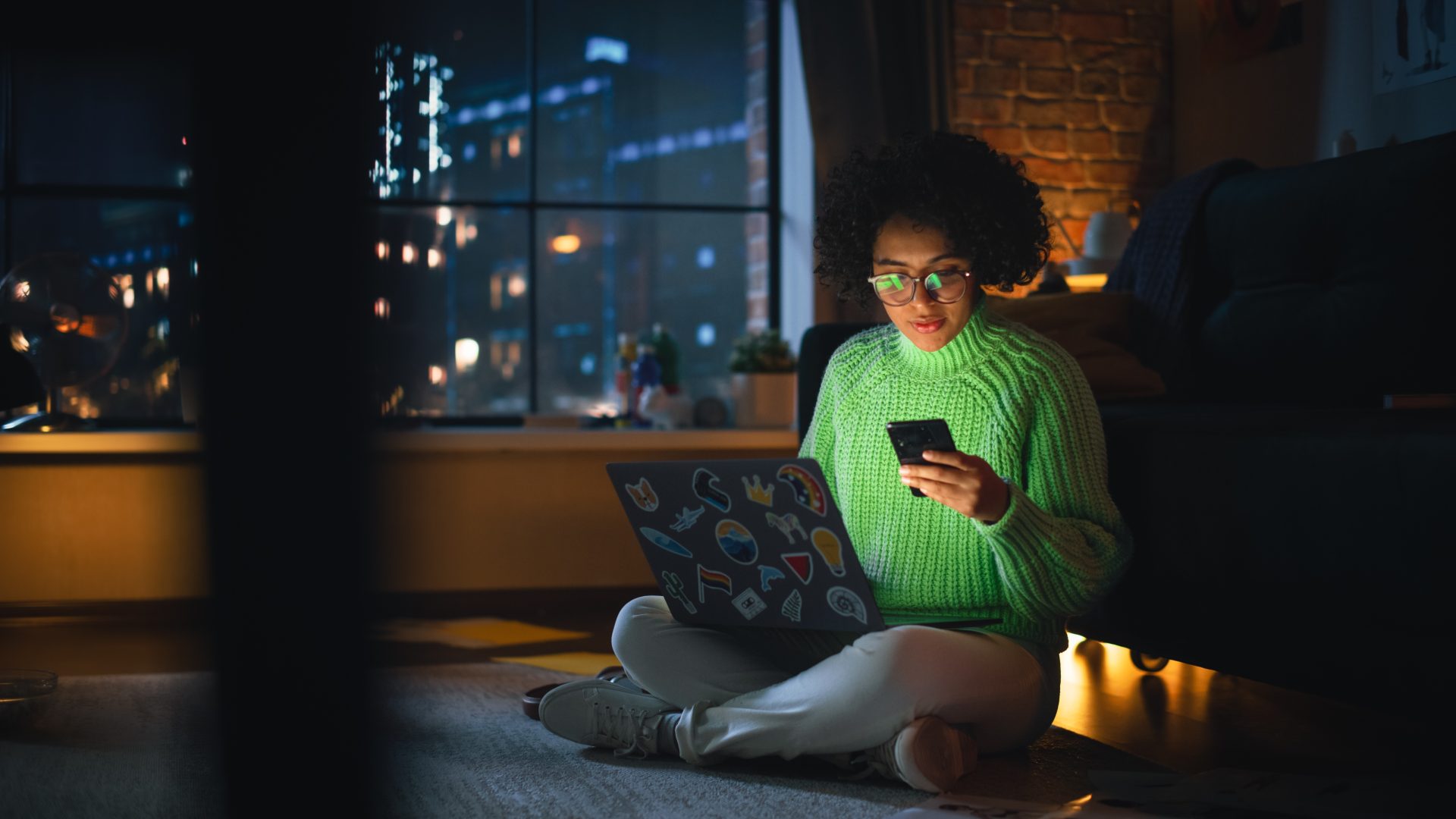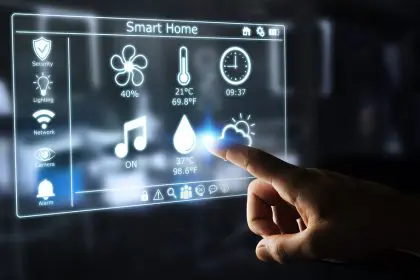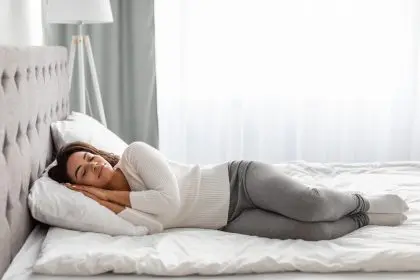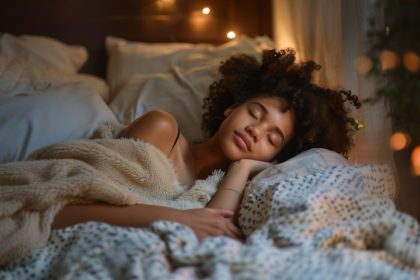The average American spends over seven hours daily staring at screens, a figure that continues to climb as remote work becomes standard practice. This digital immersion has sparked growing concern about blue light, the high-energy visible light emitted by phones, computers, and tablets, and its potential effects on vision and overall health.
While manufacturers market blue light blocking glasses and screen protectors as essential safeguards, vision scientists and ophthalmologists present a more nuanced perspective on this modern-day exposure.
What blue light actually does to your eyes
Blue light, which occupies the 415-455 nanometer range on the light spectrum, penetrates deeper into the eye than other visible light wavelengths. Despite widespread concerns, current scientific evidence doesn’t support claims that this light directly damages retinas or accelerates macular degeneration in humans.
The human eye naturally contains protective mechanisms against routine light exposure. The crystalline lens and cornea filter out significant amounts of potentially harmful ultraviolet light, and the retina can repair itself following normal light exposure.
Research from the American Academy of Ophthalmology shows that the amount of blue light from digital devices is significantly smaller than what we receive from the sun. A sunny day exposes us to 30 times more blue light than a typical computer screen.
However, this doesn’t mean excessive screen time comes without consequences.
The legitimate concerns behind digital eye strain
Digital devices do contribute to measurable eye discomfort, but research suggests this stems primarily from how we use these devices rather than blue light itself.
Studies identify several factors contributing to digital eye strain:
Reduced blink rate
When focusing on screens, people blink approximately 66% less frequently than normal. This decreased blinking leads to tear evaporation and dry, irritated eyes.
Sustained near focus
The human visual system evolved for varied distances, with frequent shifts between near and far vision. The extended close focus required for screen use overtaxes the ciliary muscles that control the eye’s focusing ability.
Screen positioning and glare
Improper screen height forces users to view content at unnatural angles, creating postural problems and visual stress. Reflections and glare compound these issues by reducing contrast and forcing eyes to work harder.
Evidence-based strategies to protect your vision
While specialized blue light products remain controversial among vision experts, several research-backed approaches can significantly reduce eye strain without additional expense.
The 20-20-20 rule
Scientific literature supports taking regular breaks using the 20-20-20 framework: every 20 minutes, look at something 20 feet away for at least 20 seconds. Studies show this simple practice can reduce digital eye strain symptoms by up to 50%.
Proper screen positioning
Ergonomic research indicates monitors should sit 20-28 inches from your eyes, with the top of the screen at or slightly below eye level. This positioning minimizes both visual and musculoskeletal strain.
Ambient lighting adjustments
Contrast between screen brightness and surrounding environment creates additional eye stress. Vision experts recommend illuminating the area behind and around screens to reduce this contrast.
Night mode settings
While evidence linking blue light to sleep disruption is stronger than that for eye damage, using night mode settings or apps to reduce blue light emission in the hours before bedtime appears beneficial for maintaining healthy sleep patterns.
When to consider blue light glasses
For most users, implementing the strategies above will adequately address digital eye strain. However, some populations may benefit from blue light filtering technology.
Individuals working night shifts or those with diagnosed sleep disorders show mild to moderate improvements in sleep quality when using blue light filters during evening hours.
Recent studies also suggest that children, whose ocular lenses are more transparent and allow more blue light to reach the retina, might benefit from reasonable limitations on device use or blue light filtering in the evening hours.
If purchasing blue light glasses, you should seek products with transparent lenses for daytime use. Research indicates strongly tinted amber lenses, while more effective at blocking blue light, may interfere with color perception and cause visual discomfort.
As our relationship with digital devices continues evolving, protecting eye health requires balancing legitimate concerns with evidence-based approaches. The most effective strategies remain the simplest, mindful device use, regular breaks, and proper ergonomics, solutions that cost nothing but deliver substantial benefits.














